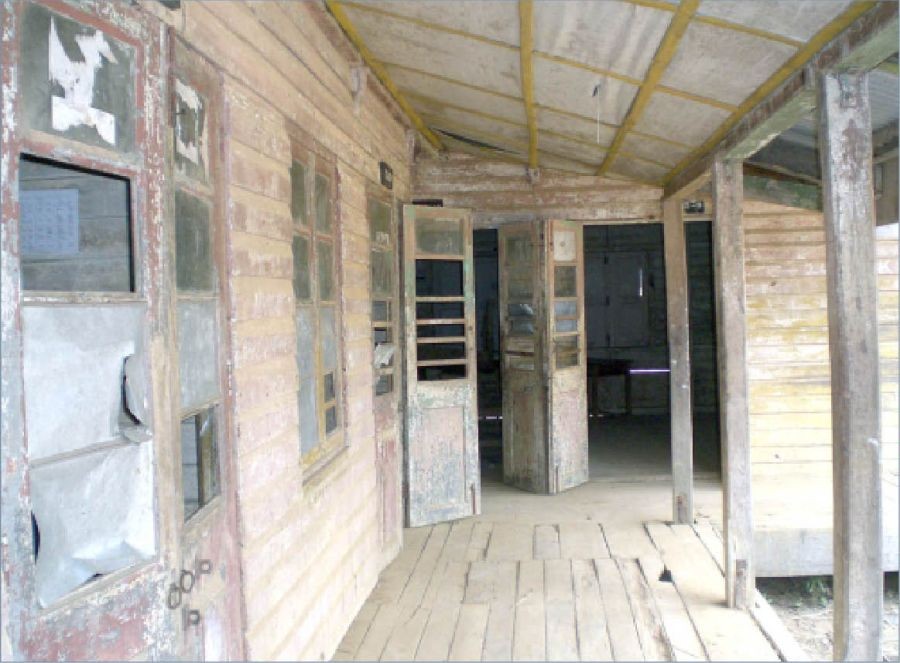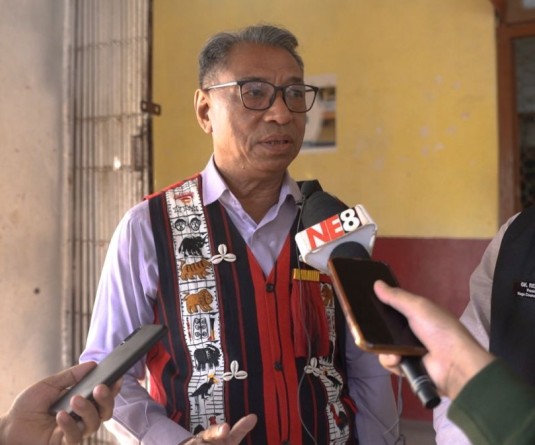A rundown government school in one of the districts in Nagaland. (Morung File Photo)

Eric Machieo
Kohima | June 29
Government-run schools recently took a good beating when their miserable performance in the HSLC and HSSLC 2008-09 examinations attracted criticism from various corners, prompting the apex student organisation of the state – the NSF – to seriously consider doing a study on the reasons behind the poor performance of these government-run schools.
The government, on its part, is supposed to be going all out to provide quality education, and has gone to the extent of making B.Ed a compulsory qualification for all government teachers. However, chances of totally revamping and improving the educational system in the government schools appear to be very bleak in the sense that the entire system has gone haywire with the top brass of the department themselves caught up in controversy after controversy, scams and scandals. From misuse of funds from central schemes for schoolchildren such as the mid-day meal scheme to appointment of ghost teachers, false assurances or regularisation to adhoc teachers to superseding among the top officials, the department, the biggest after the Home department, has been embroiled in controversy for years now.
To make a comparative study, however, whereas the teachers of private schools toil and labour for their livelihood and maintain their families with the meagre amount they earn through their daily routines at school and imparting private tuitions at home, the government teachers just sit back, relax, take up some profitable business while also enjoying the salaries, benefits and whatever perks entitled of every employee of the government. In most of the cases, they hire someone to substitute for them – for a certain percentage of their salaries.
It is also no secret that maintenance of these government schools is almost zero, and government schools, particularly those in the rural areas, are in miserable shape with leaky roofs, broken windowpanes, badly damaged walls; in fact, some of them are used as cowsheds and even as toilets and urinals. For these schools, the Sarva Shiksha Abhiyan (SSA) has come as a boon. Under the various schemes under SSA, which include repair and extension of school buildings, a good number of schools, both in the urban and rural areas, have been repaired and extensions constructed. However, some schools in rural areas (the school building shown in the photograph, for example) still remain utterly neglected with their frames of wooden planks rotting and window panes all broken.
One wonders if at all the Education department carries out inspections at schools in the rural areas. It is also said that a good number of unqualified teachers are appointed at these places. Most feel if the government is not concerned about revamping the entire education system, particularly the system of the government-run schools, organisations such as the NSF should take up the issue in right earnest.






